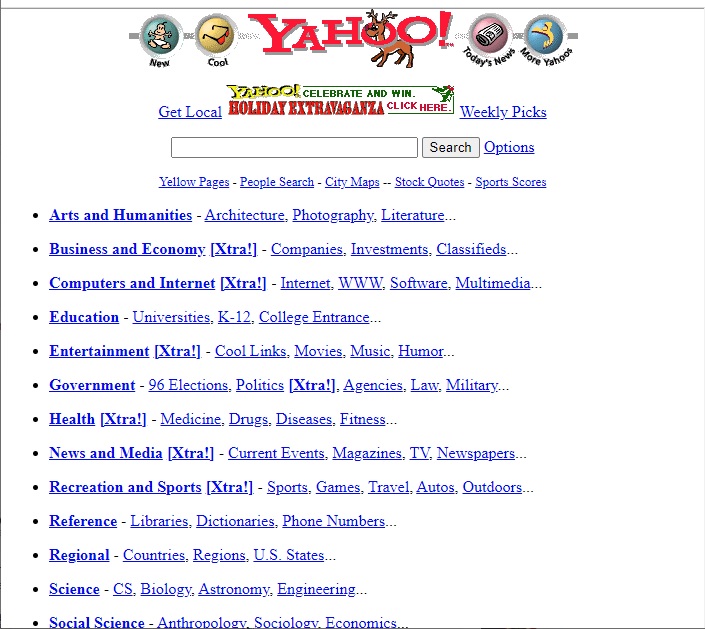From a conceptual standpoint, the Internet developed from the ground up starting in the early 1900s. It started with theories of information and hard science (voltages, frequencies, and the like), that went really deep into math and science in ways that will give you tremendous respect for that $99 router at best buy.

The efforts then moved into methods of connectivity as the Cold War started in the 50’s and 60’s. It was during this time that a middle layer of building blocks was created, which ensured robust connectivity and flexibility in the network. After many different efforts and competing theories, the TCP/IP standard was implemented on January 1, 1983.

Photo: The Franklin Institute
When the Internet was opened to the public, the upper layers developed in earnest. Some early protocols like SMTP (email) and FTP (file transfer) were updated and still exist. Others, like Gopher, were replaced by HTTP and the now-ubiquitous World Wide Web in 1991. Protocols that were easy and effective survived. Others were updated or dropped.

(Techies out there will see that this process was really about climbing the ladder of what is now called the OSI model.)
The takeaway here is that the Internet developed like this:
- How can we make something that works using physics, electricity, and connectivity?
- How can we arrange this thing so that it works well even when powerful entities don’t want it to work at all?
- Now that everything is connected, how can we share information in a way that accessible and easy on a huge scale?
It was in this 3rd bullet point where things started to go really well. As we shall see in subsequent posts, it was also where the seeds of censorship were sewn.
As the use of the Internet via the World Wide Web quickly (but also slowly) exploded, finding information was about to become an issue. The Web was a library of documents with no organization and no index. Think of a stack of 100 unlabeled books in a dark closet and all you have is a flashlight to find what you’re looking for.
The problem was so obvious that multiple entities began solving it in multiple ways when the web was but a flicker in a PhD’s desktop.
Jumpstation went live in 1993 when the total number of websites was less than 200.
Webcrawler, Lycos, and Excite followed in 1994. When the total number of sites grew to around 20,000.
Altavista and Yahoo started in ’95-’96 when the total number of sites was still well below 500,000.

Yahoo was originally called “Jerry’s Guide to the World Wide Web”.
Dogpile and AskJeeves started around ’96. And, of course, the 1-Trillion-plus gorilla of Google started in 1998 at the dawn of the d0t-com era. By then the number of web pages was well into the millions and tens of millions.
An undefinably large amount of work by brilliant individuals had created the ultimate information sharing tool. In around 80 years, humanity had gone from theory on a page to an invention that had the potential to fundamentally change the direction of our history.
But it would also do so by subtly changing fundamentals and definitions that had been taken for granted for quite a while. In making so many connections, we had created a very dynamic vessel for defining and changing what things mean.
This change could include the very intent of the invention and purpose for inventing it.
